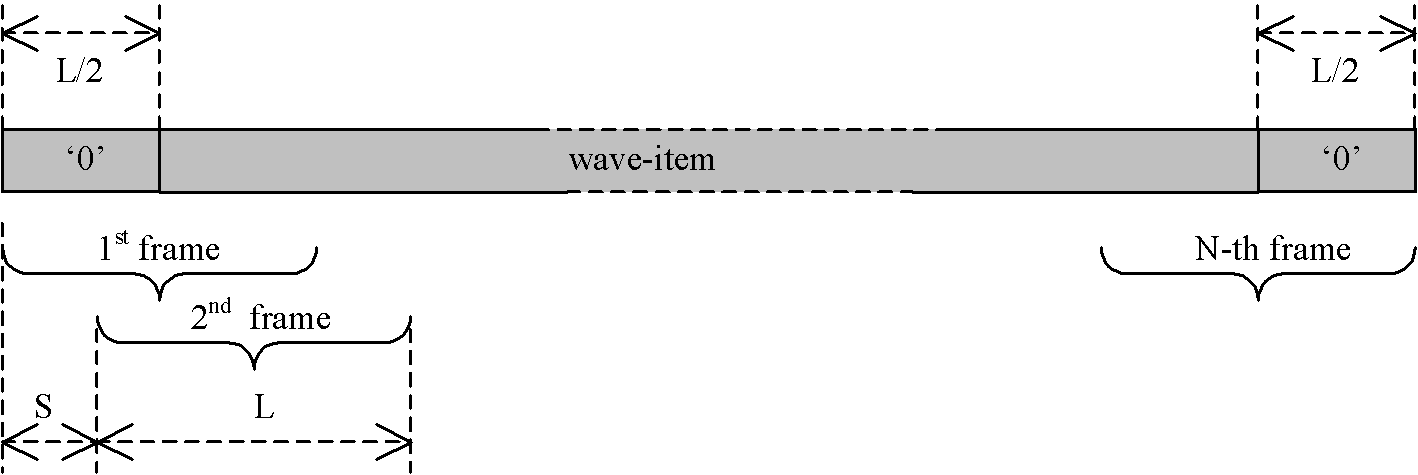Programmer Guide/SPU Reference/CSIGIN: Difference between revisions
From STX Wiki
Jump to navigationJump to search
m (1 revision: Initial import) |
m (moved Programmer Guide/SPU Reference/CSIGIN - read signal (overlapping frames) to Programmer Guide/SPU Reference/CSIGIN) |
(No difference)
| |
Latest revision as of 10:57, 28 April 2011
Contents
CSIGIN - read signal (overlapping frames)
Usage:
CSIGIN sig rev l s k d
Inputs:
- sig
- The name of the shell wave item. There is no default.
- rev
- The reverse read direction. The following values are supported:
NO|0- do not reverse the read direction. This is the default.
YES|1- read the file in backwards.
- l
- The frame length in samples (l >=
4). The default is1024.
- s
- The frame shift in samples (
1<= s <= l). The default is l/4.
- k
- The amplification factor. The default is
1.
- d
- The differentiation factor (
0<= d <=1).
Outputs:
- xi
- The signal of channel i (l samples).
- sr
- The sampling rate in Hz.
- n
- The number of frames.
- i
- The frame counter (0..n).
Function:
This atom implements a signal-frame read function for analysis methods. In each cycle a frame with l samples is read from the wave-item and then the read position is incremented by s samples. In order to centre the signal in the frame (read-position = centre of frame), zero-signals are appended to the beginning and end of the wave-item. The picture below shows how the signal is split into analysis frames.
Signal-frame read function.This read function is used by most of the signal analysis methods. The values of the outputs sr and n are set during the initialisation. The output l is initialised with 0 and incremented by 1 after each read cycle. The input rev can be used to reverse the signal in time.
